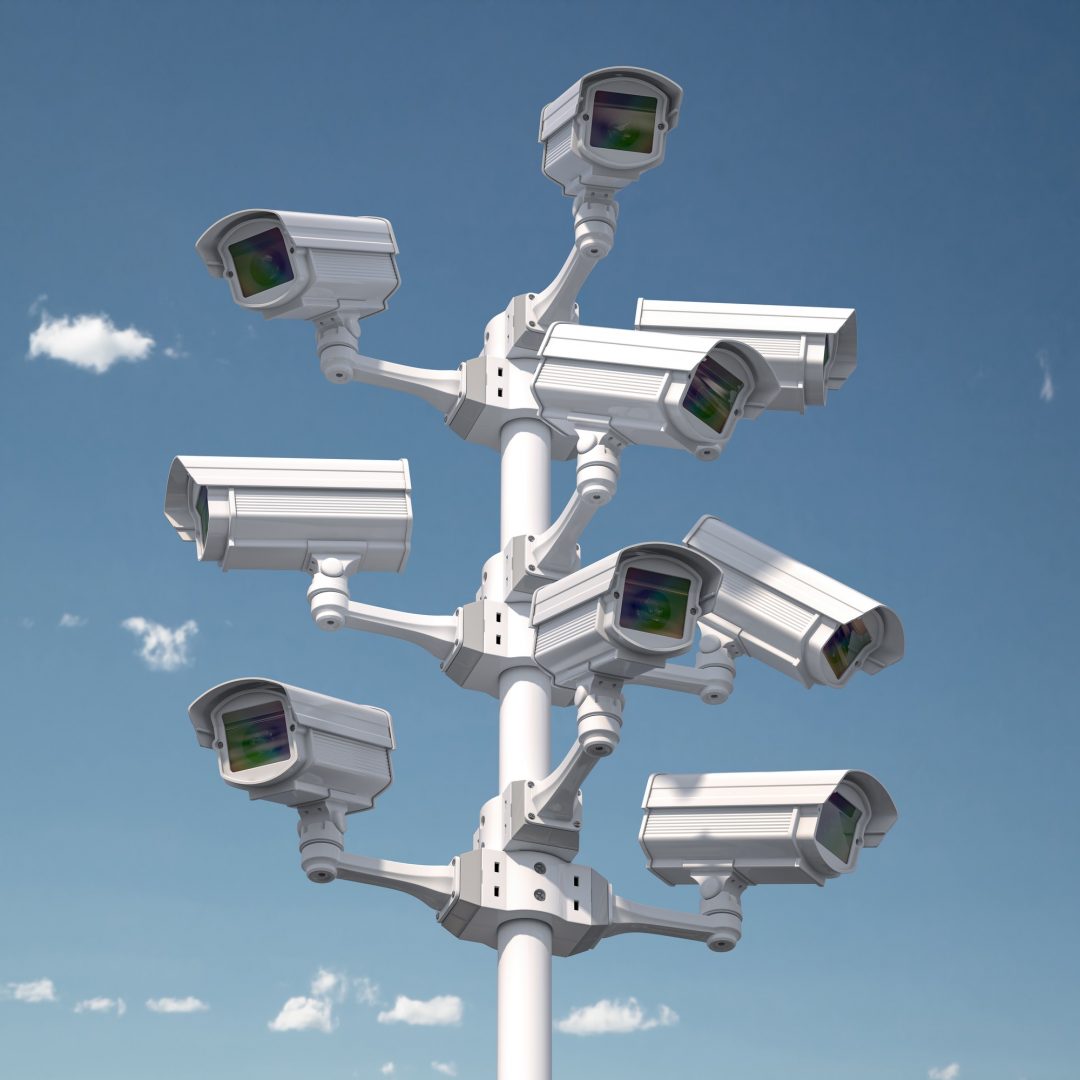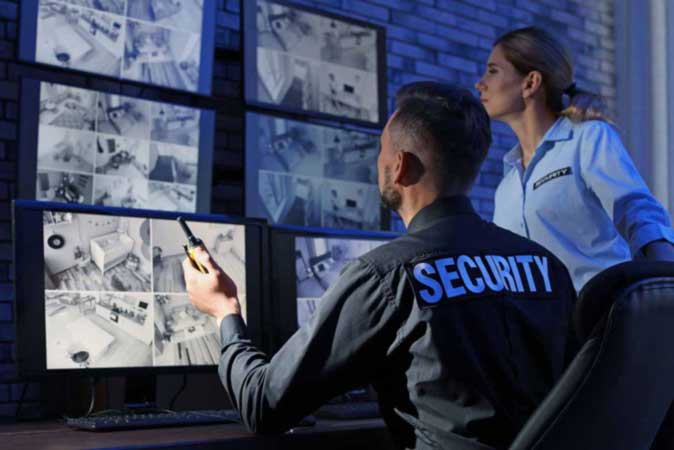Φύλαξη Security
Φύλαξη Security
Μάθετε περισσότερα...Μελέτη & Εγκατάσταση Συστημάτων Ασφαλείας
Μελέτη & Εγκατάσταση Συστημάτων Ασφαλείας
Μάθετε περισσότερα...Περιπολία Security
Περιπολία Security
Μάθετε περισσότερα...29 Χρόνια Εμπειρίας
Από το 1994 προσφέρουμε ποιοτικές Υπηρεσίες Φύλαξης Security σε όλη την Ελλάδα προστατεύοντας επιχειρήσεις και οικίες όλο το 24ωρο.
Πιστοποιημένη Ποιότητα Υπηρεσιών
Εξειδίκευση
Το άρτια εκπαιδευμένο προσωπικό μας και ο εξοπλισμός τελευταίας τεχνολογίας που αξιοποιούμε, μας κάνουν να ξεχωρίζουμε στις υπηρεσίες φύλαξης και περιπολίας που προσφέρουμε.

Εταιρεία Security με Αξιοπιστία
Kolossos Security
Η Kolossos Security είναι μια από τις πλέον αναγνωρισμένες εταιρείες security και παροχής υπηρεσιών φύλαξης και ασφαλείας στην Ελλάδα.
Η πολύχρονη εμπειρία μας, η σφαιρική γνώση του κλάδου, η εξειδίκευσή μας στα συστήματα ασφάλειας και οι ολοένα εξελισσόμενες βέλτιστες πρακτικές που ακολουθούμε συμβάλλουν στην ταχύτατη ανάπτυξή μας.
Εταιρεία Security με Αξιοπιστία
Υπηρεσίες Φύλαξης Security επιχειρήσεων, κατοικιών και δημόσιων, βιομηχανικών και ξενοδοχειακών χώρων
Συνέπεια, Υπευθυνότητα & Αμεσότητα.
Υπηρεσίες Φύλαξης Security
Υπηρεσίες Περιπολίας
Κέντρο Λήψης Σημάτων
Υπηρεσίες Μελέτης & Εγκατάστασης
Kolossos Security
Εμπειρία & Εξειδίκευση
Στην Kolossos Security επενδύουμε συνεχώς στο ανθρώπινο δυναμικό μας, το οποίο επιλέγουμε με αυστηρά κριτήρια και στη συνέχεια φροντίζουμε να παρέχουμε άρτια εκπαίδευση με βάση τις τελευταίες εξελίξεις.
Επιπρόσθετα, ενημερωνόμαστε τακτικά για ο,τι νέο και καινοτόμο σχεδιάζεται και κυκλοφορεί στην προαγωγή για τις Υπηρεσίες Φύλαξης Security. Παρακολουθούμε όλες τις τεχνολογικές εξελίξεις και διαθέτουμε υψηλής ακρίβειας εξοπλισμό.

Ενδιαφέρεστε για την Kolossos Security;
Είμαστε εδώ για να βοηθήσουμε!
Ενημερωθείτε για οποιοδήποτε θέμα συμπληρώνωντας την παρακάτω φόρμα και ένας εκπρόσωπος της Kolossos θα επικοινωνήσει άμεσα μαζί σας, για να σας λύσει κάθε απορία.
Άμεση κινητοποίηση
Τα εκπαιδευμένα στελέχη μας είναι πάντα έτοιμα για να προσφέρουν ποιοτικές υπηρεσίες φύλαξης-security.
Πιστοποιημένες Υπηρεσίες
Σύγχρονα Συστήματα Ασφάλειας
Η εταιρεία Kolossos Security, εξειδικεύεται στο σχεδιασμό, τη μελέτη και εγκατάσταση προηγμένων συστημάτων ασφάλειας τα οποία συνδέονται με το 24ωρο Κέντρο Λήψης Σημάτων της.
Οι Υπηρεσίες μας
Υπηρεσίες Μελέτης & Εγκατάστασης
Όλα τα συστήματά μας είναι τελευταίας τεχνολογίας, με υποδομές που δέχονται μελλοντικές προσθέσεις και επεκτάσεις σε περίπτωση αλλαγής των αναγκών σας, ώστε να σέβονται την επένδυσή σας.
Συστήματα Ασφαλείας για Ιδιώτες
Συστήματα Ασφαλείας για Επιχειρήσεις
Συστήματα Συναγερμού
Συστήματα Παρακολούθησης
Βιομετρικά Συστήματα
Συστήματα Ιδανικά για Airbnb
Θυροτηλεοράσεις Θυροτηλέφωνα
Συστήματα Παραγωγής Ομίχλης
Συστήματα Περιμετρικής Προστασίας
Ποιότητα Υπηρεσιών με αποδείξεις
AΞΙΟΛΟΓΗΣΕΙΣ ΠΕΛΑΤΩΝ ΜΑΣ
Τι λένε οι πελάτες για εμάς.

